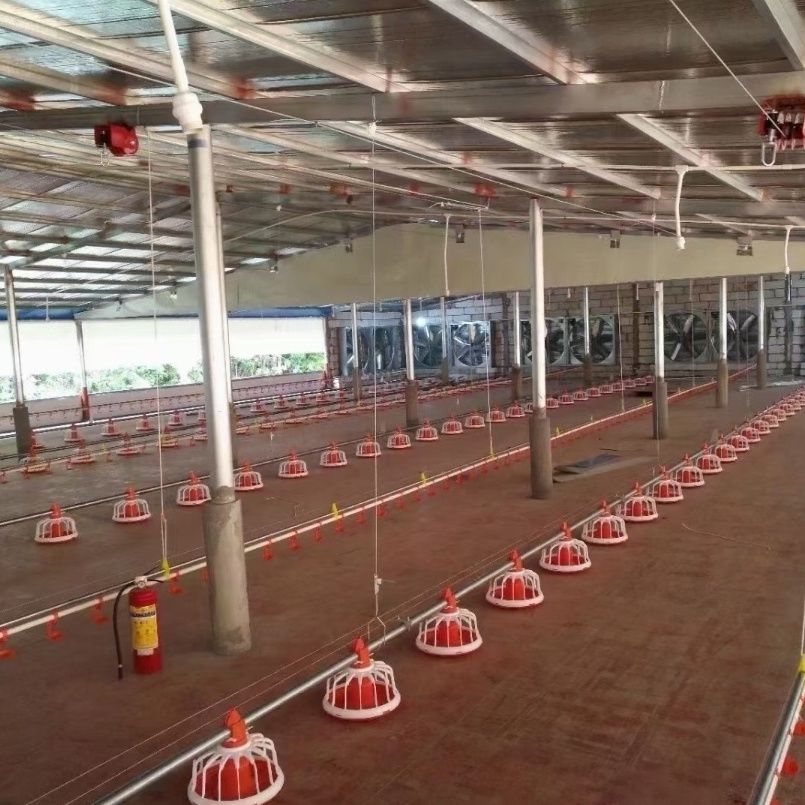Efficient Solutions for Horizontal Feed Mixing in Agricultural Operations
Dec . 03, 2024 20:11 Back to list
Efficient Solutions for Horizontal Feed Mixing in Agricultural Operations
The Horizontal Feed Mixer Enhancing Agricultural Efficiency
In the world of agriculture, efficiency and productivity are paramount. As global demand for food continues to rise, farmers and agricultural producers are constantly seeking innovative solutions to optimize their operations. One essential piece of equipment that has proven to be invaluable in this quest is the horizontal feed mixer. This article delves into the advantages, working principles, and applications of horizontal feed mixers, highlighting their crucial role in modern farming.
Understanding Horizontal Feed Mixers
A horizontal feed mixer is a specialized machine designed for the mixing of various types of feed ingredients, including grains, hay, silage, and other supplements. These mixers operate with a horizontal drum that rotates on its axis, allowing for uniform mixing of all components. Horizontal feed mixers are available in various sizes and capacities, making them suitable for both small-scale farms and large agricultural operations.
The design of a horizontal feed mixer typically includes a feed intake, mixing chamber, and discharge system. The mixing chamber is equipped with augers or paddles that facilitate the thorough mixing of feed ingredients. This ensures that the final product is consistent in terms of nutrient distribution, which is crucial for the health and productivity of livestock.
Advantages of Horizontal Feed Mixers
1. Uniform Mixing One of the primary advantages of horizontal feed mixers is their ability to achieve uniform mixing. Adequate blending of different feed ingredients ensures that every animal receives a balanced diet, which is vital for their growth, health, and milk or meat production. Inconsistent feed can lead to nutritional imbalances, affecting animal performance.
2. Versatility Horizontal feed mixers are capable of handling a wide variety of feed ingredients, making them versatile tools for farmers. Whether it’s incorporating forage, concentrates, or mineral supplements, these mixers can adapt to the specific needs of various livestock operations.
3. Efficiency The efficient design of horizontal feed mixers reduces mixing time significantly compared to traditional methods. This allows farmers to prepare larger batches of feed in a shorter time frame, ultimately saving labor and improving productivity.
horizontal feed mixer

4. Reduced Waste With precise mixing capabilities, horizontal feed mixers minimize feed wastage. Properly mixed feed leads to better digestion and absorption of nutrients by livestock, resulting in less leftover feed and reduced overall feed costs.
5. Improved Palatability The thorough mixing process enhances the palatability of the feed, encouraging livestock to consume more. This is particularly beneficial for young animals and those recovering from illness, as improved feed intake can accelerate their recovery and growth rates.
Applications in Modern Farming
Horizontal feed mixers find application in various areas of livestock farming. For dairy farms, precise mixing of high-quality feed is crucial for optimal milk production. The consistency offered by horizontal mixers supports the dairy industry in maintaining milk quality and overall herd health.
In beef cattle operations, a balanced diet is essential for weight gain and meat quality. Horizontal feed mixers enable beef producers to formulate customized rations that promote efficient growth rates and enhance carcass quality.
Moreover, in small-scale or mixed farming operations, producers rely on horizontal feed mixers to prepare feed for diverse livestock. This versatility helps them manage multiple livestock species without the need for different mixing solutions.
Conclusion
The horizontal feed mixer is a game-changing piece of equipment in modern agriculture. Its ability to blend feed ingredients uniformly and efficiently has made it a staple in livestock production. With benefits ranging from reduced waste to improved animal health, investing in a horizontal feed mixer can lead to significant economic and operational advantages for farmers. As the agricultural industry continues to evolve, tools like the horizontal feed mixer will play a vital role in meeting the challenges of food production and ensuring that the world’s livestock stay healthy and productive. As such, understanding and utilizing this technology is essential for any forward-thinking farmer aiming to enhance their efficiency and profitability in a competitive market.
-
Hot Sale 24 & 18 Door Rabbit Cages - Premium Breeding Solutions
NewsJul.25,2025
-
Automatic Feeding Line System Pan Feeder Nipple Drinker - Anping County Yize Metal Products Co., Ltd.
NewsJul.21,2025
-
Automatic Feeding Line System Pan Feeder Nipple Drinker - Anping County Yize Metal Products Co., Ltd.
NewsJul.21,2025
-
Automatic Feeding Line System - Anping Yize | Precision & Nipple
NewsJul.21,2025
-
Automatic Feeding Line System - Anping Yize | Precision & Nipple
NewsJul.21,2025
-
Automatic Feeding Line System-Anping County Yize Metal Products Co., Ltd.|Efficient Feed Distribution&Customized Animal Farming Solutions
NewsJul.21,2025






